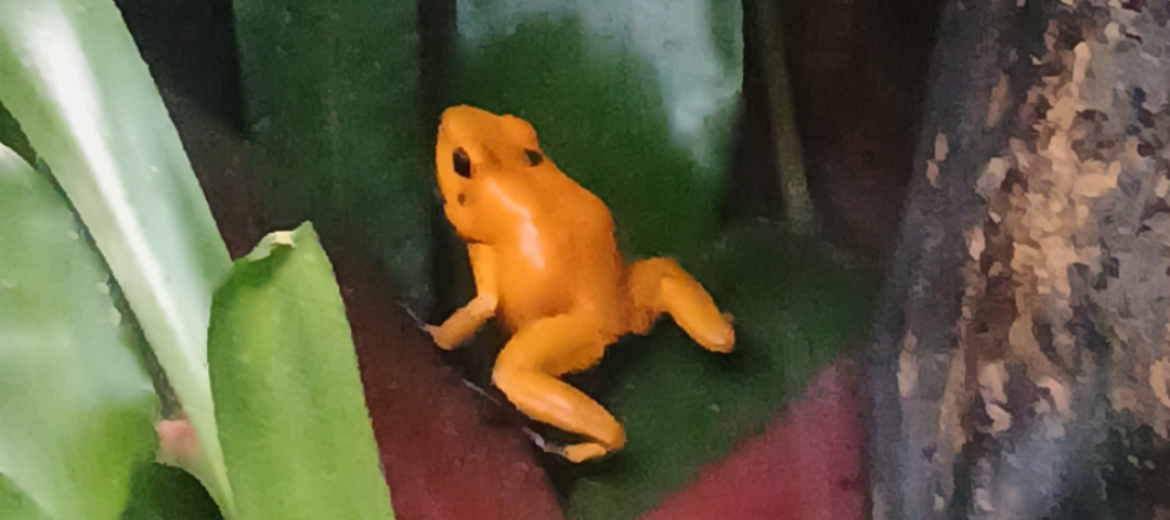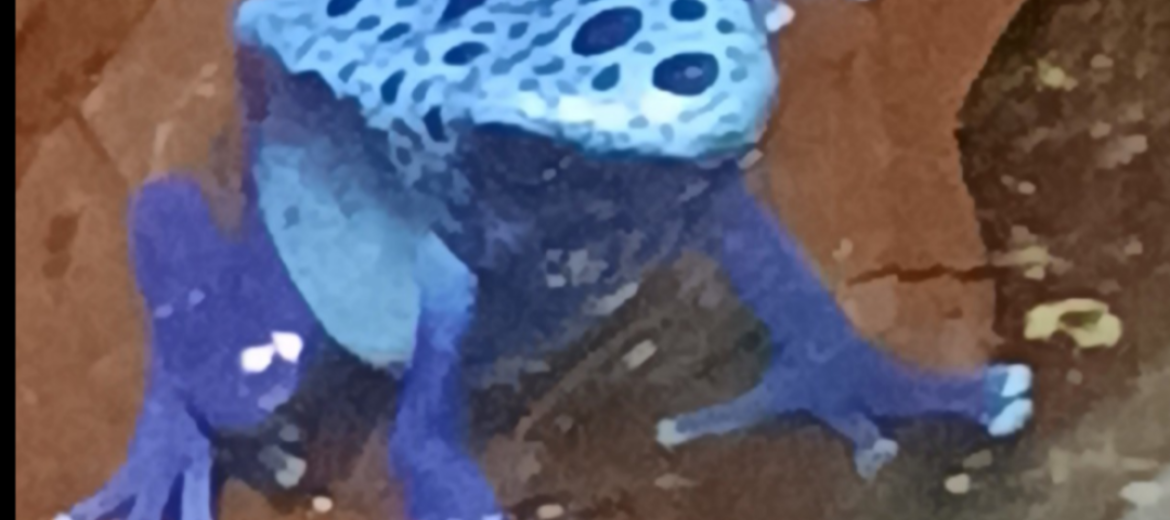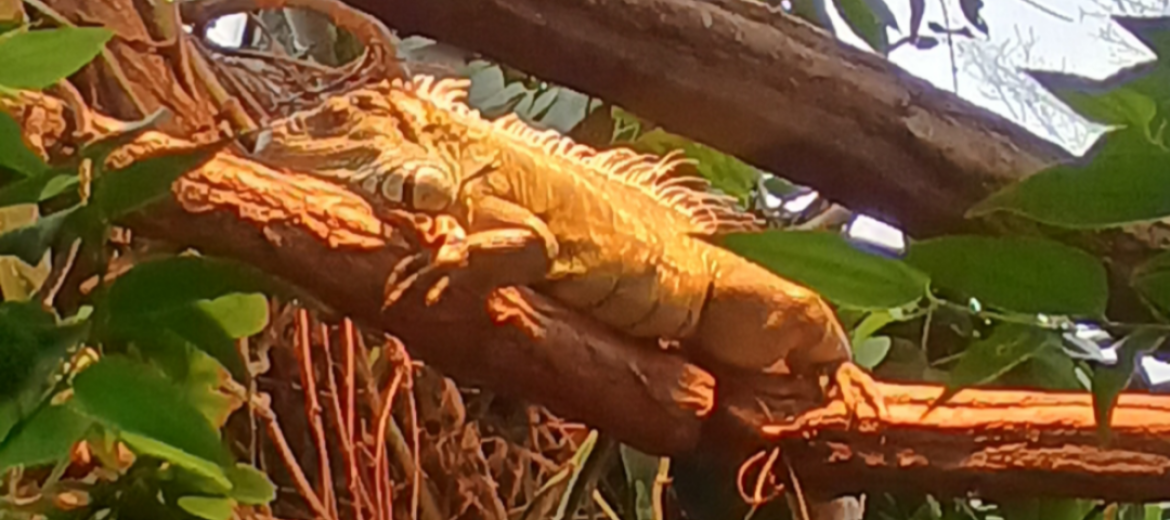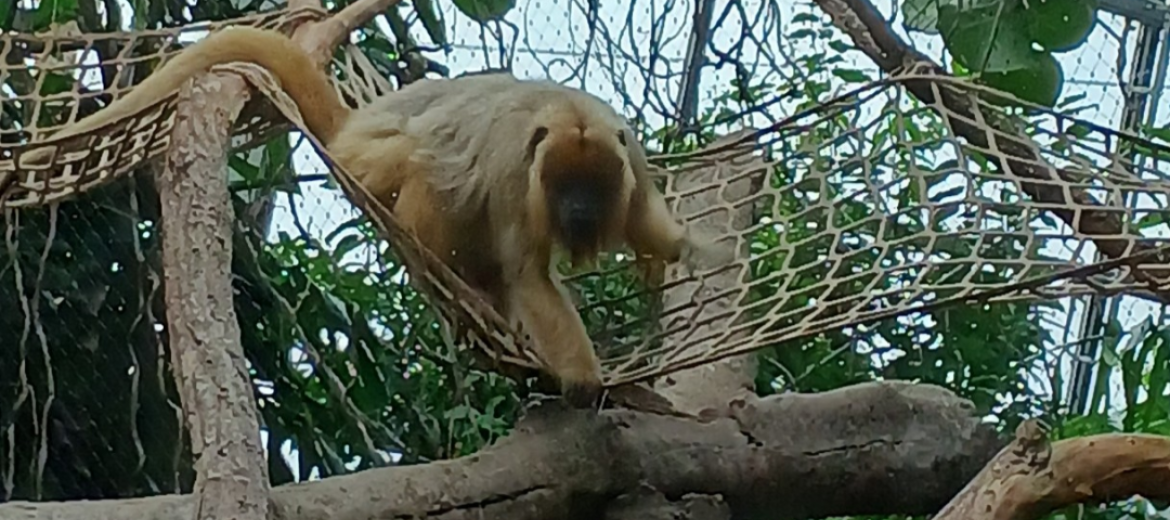Am 11.02 hatten wir einen tollen Ausflug in die Wilhelma. Schon früh am Morgen kamen wir dort an und waren alle gespannt auf das, was uns erwarten würde. Gleich nach unserer Ankunft wurden wir in kleinen Gruppen aufgeteilt. Jede Gruppe durfte nacheinander durch das Amazonienhaus geführt werden.
Das Amazonienhaus war wirklich beeindruckend. Ein Führer hat uns viele interessante Dinge über die Pflanzen und Tiere erklärt. Zudem konnten wir feststellen, wie die Feuchtigkeit und Wärme nachgemacht werden, damit sich die Tiere wohlfühlen. Es war spannend zu erfahren, wie wichtig der Regenwald für unsere Erde ist.
Während eine Gruppe die Führung hatte, konnten die anderen sich frei in der Wilhelma umsehen. Es gab so viel zu sehen. Manche von uns haben sich die Affen oder Raubkatzen angesehen, andere haben die bunten Fische im Aquarium bewundert, auch die Pflanzen in den Gewächshäusern waren wunderschön.
Am Ende des Tages waren wir nicht nur glücklich, sondern hatten auch viel Neues gelernt.Der Ausflug war für uns ein tolles Erlebnis, an das wir noch lange denken werden.
Zakir
On Tuesday, the 11th of February 2025, we, Form 7a, went to the Wilhelma. We met at the Neckargröningen Stadtbahn at 8 o´clock. We took the U 12 to Max-Eyth-See, then we switched to the U 14 to the Wilhelma. There we were split into three different groups. The first group had their tour in the Amazon House at 9 o´clock. The second tour was at 10:30 am and the last tour was at 12 o´clock. If it wasn´t our turn we could explore the Wilhelma on our own and we saw special animals like baby koalas or baby mouses. We had so much free time!
When the tour started we first talked about topics like what´s the biggest rainforest - it´s the Amazon - or which are the different layers in the tropical rainforest (forest floor, understorey layer or the canopy layer) and what are the differences like in temperature or if there is less or more light. This was one of the topics we had in our geography lessons, strategies for plants to get light and the nutrient cycle were topics from the lessons too.
Next we saw a sloth that sat in a tree. It was really nice, that there was a sloth outside of the cage.
After that we went to the monkeys. We learned that the howler monkeys howl to show other animals their territory. Then we saw a really funny tree, it was called hollow tree. Ants love this three, because they can build their nests in it (it´s hollow inside) and they defend the tree too. We also saw a green lizard, they are so fast that they can walk on the water!
Did you know, that the record for a snake for not eating is 500 days? -> So snakes can eat really big animals.
Next there were so colourful little frogs, but their venom can kill up to 10 people. Indigenous people use the venom from the frogs for their blowpipes to hunt.
After that the guide told us that a banana tree only consists of leaves. You can make strong things like a ball out of a banana.
At the end of our tour we talked about how we can protect the rainforest.
The rainforest is being destroyed for soja plantations, the soja is used as food for animals. We eat the animals, so when we eat less meat we can protect the rainforest with its biodiversity.
It was a wonderful day, we learned a lot and enjoyed it!
Jana.
Hello there, I´m a Saki monkey. And on the 11th of February was a special day for me because a lot of kids came to visit me that day.
A tour guide showed them around and told them a lot about my friends and me. We live in a rainforest and this is located near the equator in continents like South America, Africa and South-East-Asia. Wow, not even I knew that. In our rainforest there are different layers. There is the ground layer, the understory layer, the canopy layer and the emergent layer. Each has its own climate.It´s hot and humid in the rainforest, that’s why all the kids didn´t have any jackets on but for us it´s just perfect because we have adapted to the climate. When they first walked up to me I felt amused how the tour guide praised me.Did you know that I can jump up to 10 meters or that I have really soft and long hair?
Next, they went to one of my best friends the sloth. You probably think what a boring animal he is but actually is he pretty cool.He has slight green colored fur which we call algae. This allows him to protect himself from dangerous animals by camouflaging himself. I think that´s awesome. I wish I could do that! What´s also really special about sloths is that they come to the ground every 8 days to poop. You want to know why? It´s because they have their own cycle. Sloth moths are a group of moths that live in the fur of a sloth. When it goes down to the ground to poop, the moth lay their eggs in the sloth`s feces. That´s awesome isn´t it?
Of course, there aren´t just a lot of animals. There are a lot of different special plants too, for example, an ant tree. It´s a tree which ants love to live in because it´s hollow. Ants protect their tree against other animals. In the tropical you can find lots of symbiosis. That’s when species live together and take their own benefit from it. Another special plant is a banana tree. It looks like a tree but isn´t actually one because it´s trunk is not out of wood. I really enjoyed that day and my friends did too. We loved seeing the kids and liked that they could spend a day with us in our rainforest.
I hope you can come visit me soon too.
Kimber





